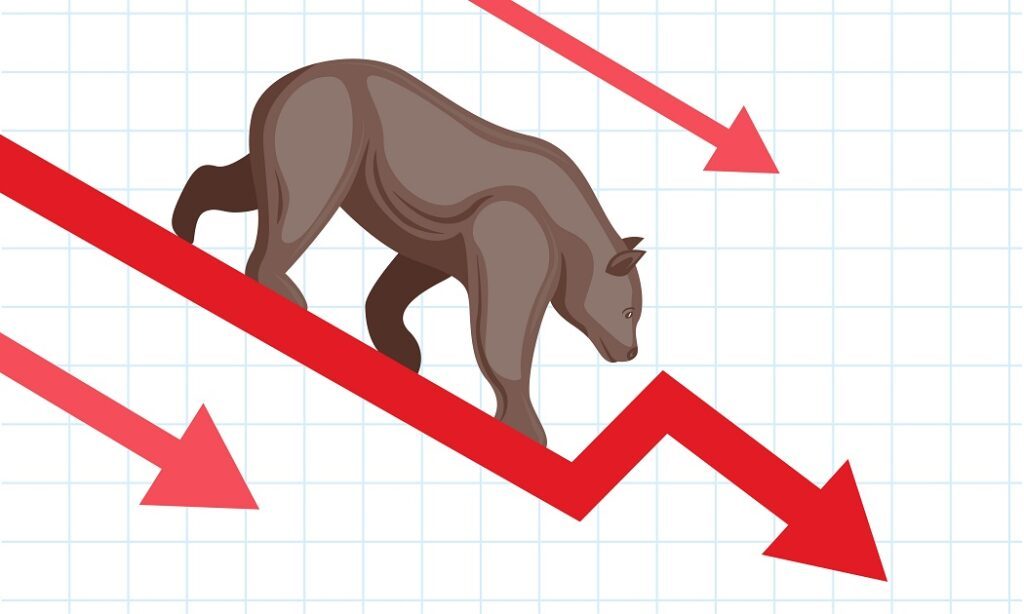Amidst the ever-changing realm of the stock market, the words “bullish” and “bearish” emerge as crucial gauges of market sentiment and trajectory, guiding investors and traders in decoding the collective outlook and forthcoming trajectory of stock values. This exploration navigates the intricate landscapes of bullish and bearish trends, unraveling their significance, consequences, and the intricate forces propelling their existence.
Bullish Trend: Charging Ahead
Imagine a bull charging forward with strength and determination – this image aptly symbolizes a bullish market. A bullish trend signifies a period of optimism and confidence in the market. During such times, stock prices generally experience consistent upward momentum, leading to higher highs and higher lows. Investors are enthusiastic about the prospects of companies, economic growth, and market performance.
:max_bytes(150000):strip_icc()/GettyImages-499170981-20e252a7742340ab9b03118f93e8d58c.jpg)
Read more.. Navigating Car Financing with a Low CIBIL Score: Tips for Approval
Read more.. How to calculate your net worth and why it matters.
Several factors contribute to a bullish trend:
1. Strong Fundamentals: Positive earnings reports, revenue growth, and improving economic indicators can fuel investor optimism, driving stock prices higher.
2. Low Interest Rates: When central banks lower interest rates, borrowing becomes cheaper, stimulating spending and investment, which can drive stock prices upwards.
3. Favorable Economic Conditions: A robust economy with low unemployment and increasing consumer spending can create a positive environment for stocks.
4. Market Sentiment: Positive news, investor confidence, and expectations of future growth can collectively influence market sentiment and drive a bullish trend.
5. Earnings Season: During earnings seasons, if companies report better-than-expected results, it often results in a surge in stock prices.
Bearish Trend: Navigating the Decline
In contrast to the bullish market, the bearish market embodies a sense of caution and pessimism. Much like a bear hibernating for the winter, a bearish trend indicates a period of declining stock prices and widespread uncertainty. During this phase, investors tend to sell off their holdings, driving prices lower and creating a cycle of negative sentiment.

Read more.. The Fate of Banking: Embracing Computerized Change in Monetary Administrations
Read more.. Exploring Assessment Season: Fundamental Methods for Amplifying Allowances and Limiting Liabilities
Key drivers of a bearish trend include:
1. Economic turndown: A downturn in the economy, such as a recession or contraction, has the potential to curtail consumer expenditure and corporate profits, culminating in a downward spiral of stock valuations.
2. Elevated Interest Rates: The escalation of interest rates can amplify the expenses associated with borrowing for both businesses and individuals, potentially putting a damper on overall economic vitality and instigating a drop in stock values.
3. Worldwide Ambiguity: The emergence of geopolitical strife, trade disagreements, and worldwide incidents holds the capability to ignite a sense of uncertainty, prompting a proclivity towards risk avoidance and fostering a pessimistic market sentiment..
4. Profit Taking: After a prolonged bullish run, investors might decide to cash in profits, leading to a market correction or downturn.
5. Earnings Disappointments: If companies report weaker-than-expected earnings, it can erode investor confidence and contribute to a bearish trend.
Navigating the Waters
Recognizing and understanding bullish and bearish trends is essential for investors, whether they are long-term holders or short-term traders. While bullish trends offer opportunities for growth and capital appreciation, bearish trends require a cautious approach to protect investments.
Investors often use technical and fundamental analysis to assess market trends, seeking patterns, indicators, and news that align with the prevailing sentiment. Additionally, diversification, risk management, and staying informed about economic indicators and global events can aid in making informed investment decisions during both bullish and bearish phases.
In the intricate dance of the stock market, bullish and bearish trends play a crucial role in shaping market dynamics. By grasping these concepts and the factors that influence them, investors can better navigate the complex landscape of financial markets with greater confidence and insight.





